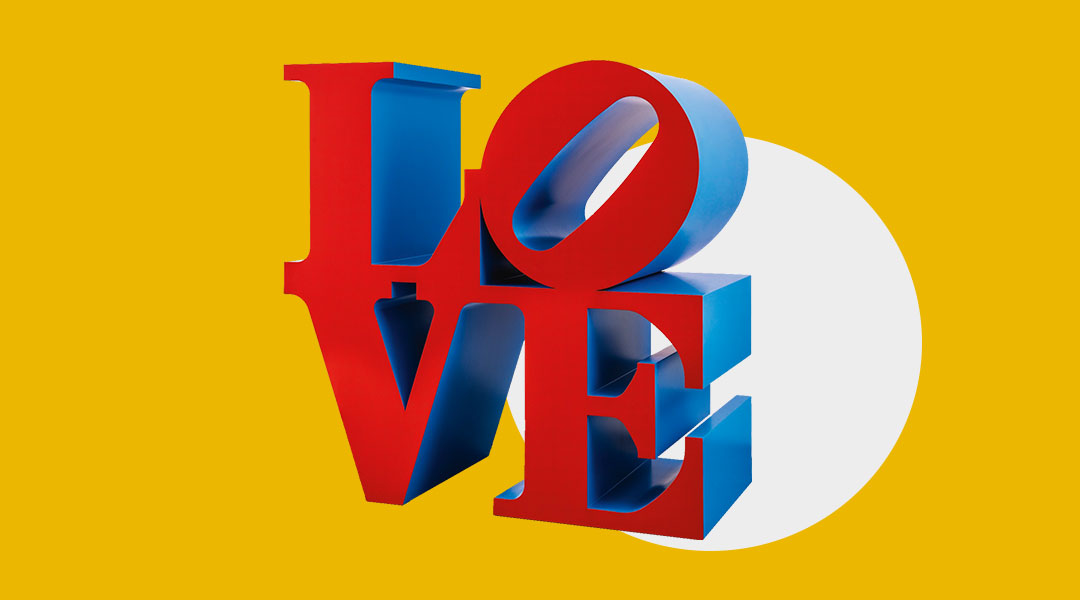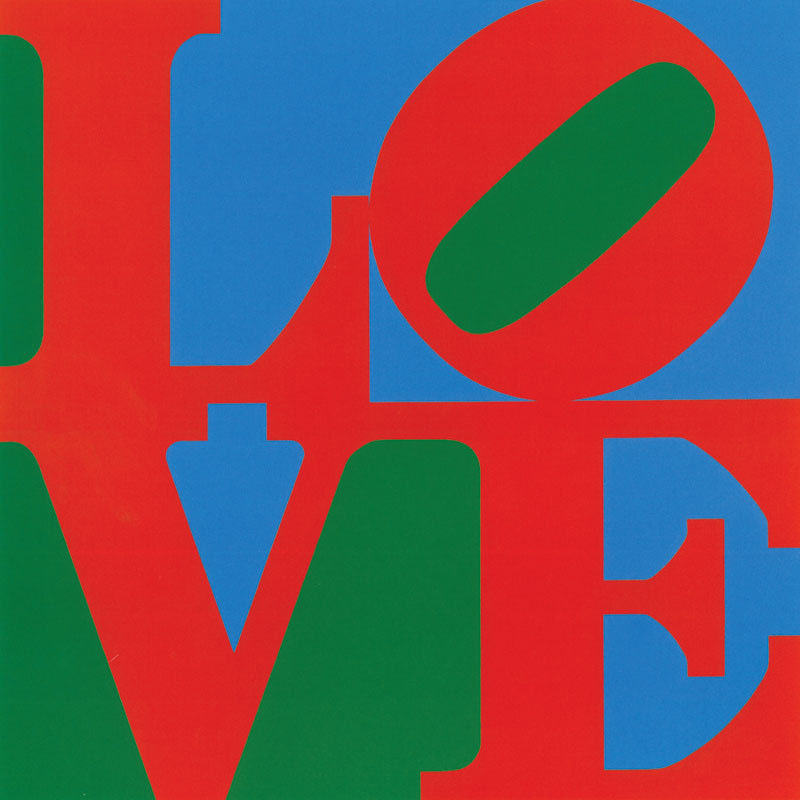
Remembering Robert Indiana’s iconic LOVE sculpture
Love, in the form of closely related psychological constructs, is the need for relatedness. In Deci and Ryan’s Self-Determination Theory, it is understood as altruism, (a projection of strong philos), belonging, community feeling, the family motive, among others. It is in love that the need for relatedness is established unanimously. Its typology—including the kinds, and the impressions of it—is essential to be known to everyone, without neglected categories. It may often become a choice for humans, but this does not mean the complete abandonment of the feeling, the gravity, and the rest of its light. Love can be brief. It may be a composed amble, the warmth sustained for years, or as rampant as memory. Perhaps, the universality of it does not rest in the feeling, but in recognizing it as something worth valuing.
One of the most recognizable promoters of this potent sentiment in the area of art, is Robert Indiana’s LOVE sculpture in Philadelphia. During Indiana’s career, he has explored the American concept of experience and identity, and weaving the two in everyday objects and speech. He was frequently associated with Pop Art, because of his use of gallantly hard-edge colors and popular imagery. However, the artist refused the label.

Aside from LOVE, he has produced works that carried personal and political meanings, some even dark and critical. He combined non-art materials, common language, and commercially-driven graphic designs with those that are geared towards the traditional landscape. Indiana married Pop with Minimalism and the jousting of Concrete Poetry, an approach that roused every text-based artist across the globe. By the early 1960s, he was already engrossed in the American mythology, which led him to painting blunt, illustrative canvases that used stenciled letters and numbers. He also worked with solid blocks of color, as well as repeated geometric forms. The “God is love” slogan from his childhood church experiences motivated him to explore the overall subject of love. In 1970, he finished the first of many LOVE sculptures. Such work led to countless authorized and unauthorized forms, tuning into the counterculture of the ‘60s and ‘70s, and becoming a trademark revered by all.
The arrangement of Indiana’s work is comprised of two parts of letters assembled in a square, with the letters L, V, and E around the O that is positioned at an angle. This difference in the composition entrenches the word in the typography—tilted to the side, the letter O articulates magnitude found in desire. Before his death in May 19, 2018, he says that he was trying to bring the word down to its essence. The slanted O was not his invention, as it was recurrently used through the ages, and in numerous ways.
LOVE has occupied the daily fabrics of life, because of Indiana’s failure to copyright the piece. It appeared in all kinds of topographies, cutting through postage stamps, posters, notebooks, t-shirts, magnets, and many others. The fame received by LOVE made Indiana a name remembered by the art world. And there was also time when the artist tried to flee the spotlight created by LOVE, as it became excessively popular. LOVE is a piece of art that proves that even simple designs have the ability to convey puissant statements. Regardless of how Indiana later on perceived his own work, one thing is certain: it is fervently embraced and valued by people all over the world.
READ MORE: Studio Workshop’s Brise Soleil House is enrobed in an undulating timber


